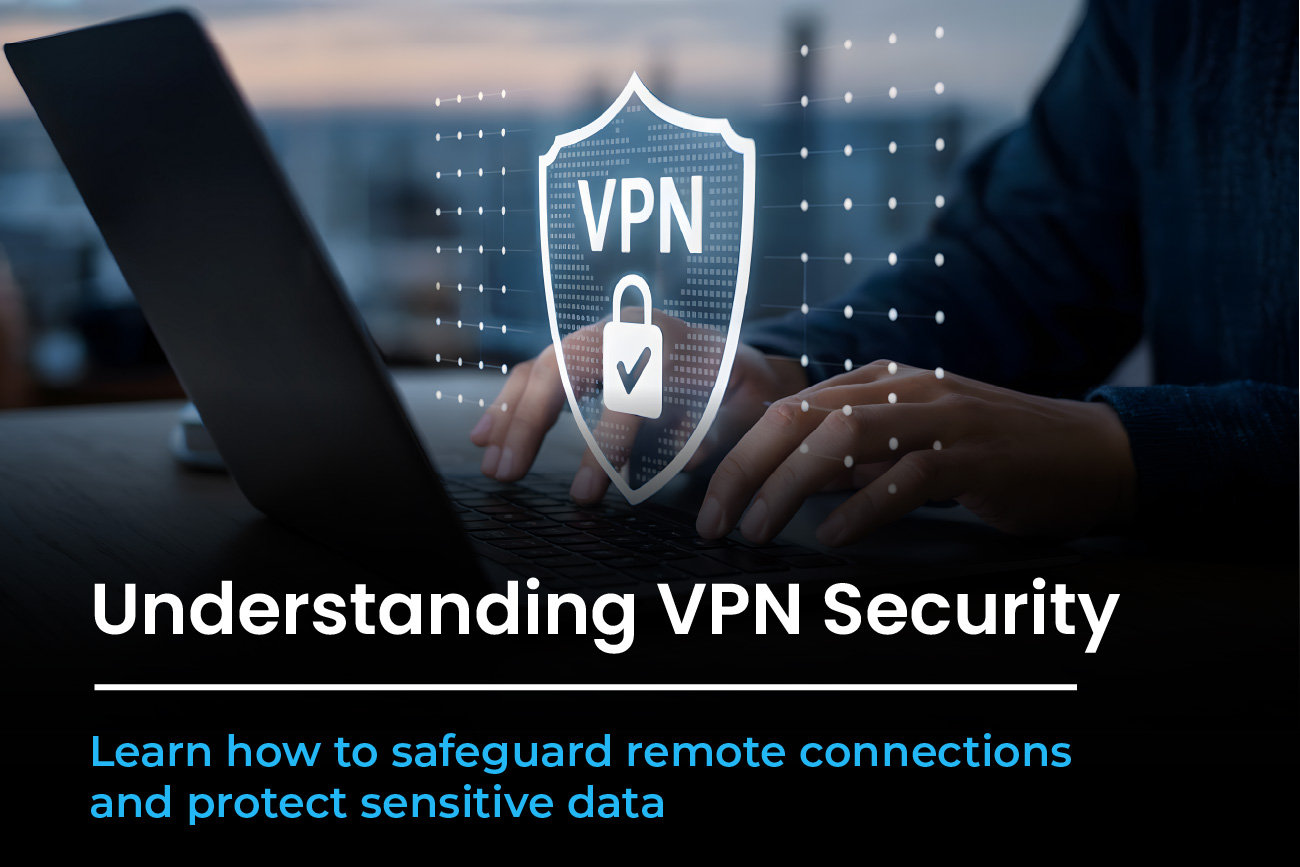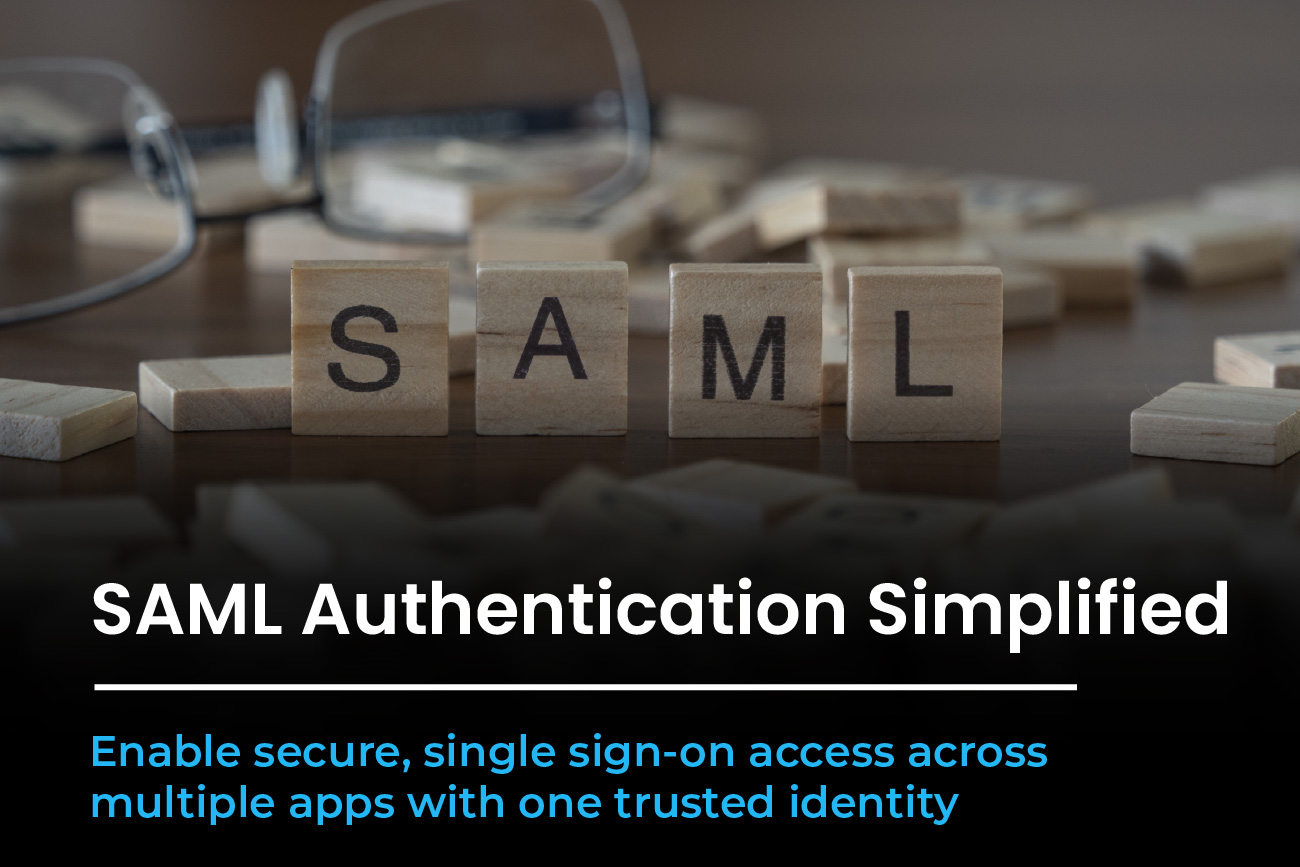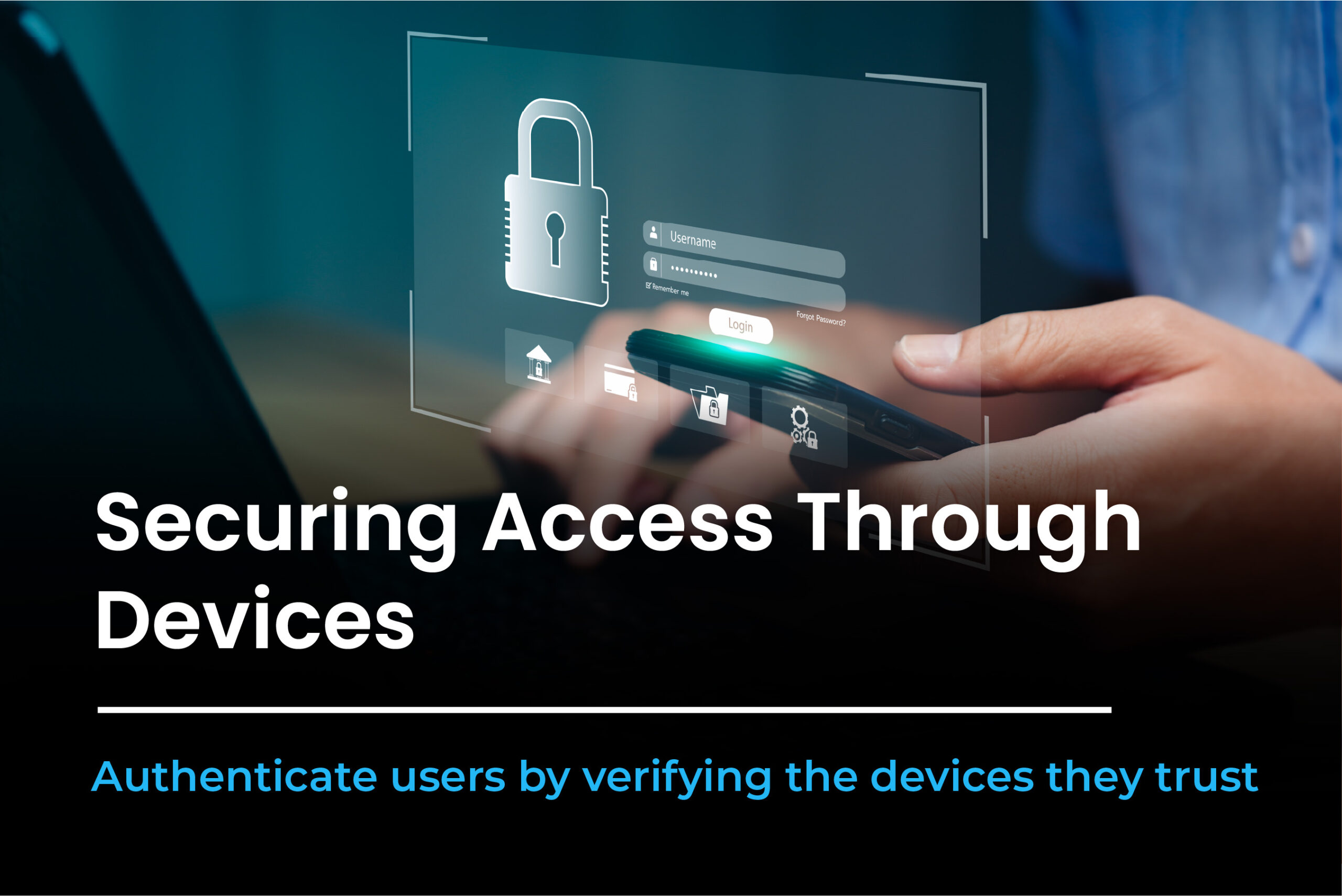When was the last time you logged into an application without encountering a roadblock; be it a forgotten password, a confusing multi-factor prompt, or a frustrating account lockout? These hurdles are not just inconveniences; they are symptoms of outdated identity management systems struggling to keep pace with today’s digital demands.
We’ve observed firsthand how organizations grapple with these challenges. The shift towards open identity standards like OpenID Connect isn’t just a trend; it’s a strategic move towards more secure, user-friendly, and scalable authentication solutions.
Why Open Identity Matters Now?
The way people access systems has changed. Cloud apps, mobile devices, APIs, and hybrid workplaces are now the norm. Password-based access alone is no longer sufficient. With breaches often starting at the login screen, it is critical to adopt open identity approaches that are interoperable, secure, and scalable.
We hear security practitioners say, “We want to give our users a seamless login experience, but we cannot compromise on security.” And they are right. Open identity solutions help strike that balance. They ensure users have a consistent authentication experience while IT teams retain control and visibility.
Open standards play a pivotal role here. By following widely adopted protocols, companies avoid vendor lock-in and ensure that different systems; cloud applications, on-prem software, and mobile apps can work together. From OAuth 2.0 to open id connect, these standards have become the backbone of modern authentication.
Core Open Identity Standards
We often get asked about which standards to implement first. Based on our experience, focusing on the following is essential:
OAuth 2.0
OAuth 2.0 enables secure delegated access. It allows users to authorize applications to access resources without sharing passwords. In practice, OAuth is often paired with Open Id Connect to handle both authentication and authorization.
Implementing OAuth properly requires careful consideration of flows and token management. For example, the Authorization Code Flow with PKCE is the recommended approach for public clients. We commonly see organizations misconfigure flows and accidentally introduce security gaps.
OpenID Connect (OIDC)
Open Id Connect (OIDC) is an authentication layer built on OAuth 2.0. It allows applications to verify the identity of users and obtain profile information securely. We see clients use OIDC to enable Single Sign-On (SSO) across hundreds of apps. One security lead told us, “We finally replaced multiple login forms with a single, secure authentication flow. It has transformed our user experience.”
OIDC also supports modern app types, including mobile and SPAs (Single-Page Applications), making it versatile for enterprise environments. When implemented correctly, open id connect dramatically reduces the complexity of managing user credentials.
SAML
SAML remains relevant, especially in enterprises with legacy systems. It enables federated SSO using XML-based assertions. We often recommend SAML for systems that need robust enterprise integration, but for cloud-native apps, OIDC is usually preferred.
JWT (JSON Web Tokens)
JWTs provide a compact, stateless way to pass authentication and authorization of information between systems. While powerful, we remind teams to validate claims carefully. Misconfigured JWT handling can compromise even the most secure open identity infrastructure.
Supporting Standards and Tools
Beyond the core protocols, several supporting standards enhance open identity ecosystems:
- SCIM simplifies user provisioning across systems. We often see teams implementing SCIM to automate account creation and deactivation.
- FIDO / WebAuthn enable phishing-resistant, Passwordless authentication. One security officer told us, “Switching to FIDO keys was the most effective way to eliminate password fatigue across our team.”
- X.509 certificates and PKI are crucial for device and server identity. They ensure encrypted communication and trust between systems.
- LDAP and Active Directory remain widely used for storing and managing enterprise user directories. Integrating these with open identity protocols extends their relevance.
We also encourage teams to explore emerging approaches like decentralized identity, workload identity frameworks (SPIFFE), and policy-based access (XACML) for more granular control.
Open-Source Identity Management and SSO
Many companies consider open-source identity management solutions to maintain flexibility and reduce costs. Popular choices include Keycloak, IdentityServer, and WSO2. These tools provide open source SSO capabilities and can act as an open-source identity provider.
We have seen clients successfully deploy IAM open-source solutions to pilot new apps quickly. However, operating these solutions requires expertise. Configuration, security updates, and scaling all require dedicated attention. That is why we often advise balancing open source IAM tools with managed services to reduce operational burden.
Here’s a detailed look at the considerations:
- Benefits of open source: Cost-effective, customizable, no vendor lock-in.
- Challenges: Maintenance overhead, patch management, integrating with existing enterprise apps.
- Best fit: Small to mid-sized deployments or teams with strong DevOps capability.
It is essential to weigh the pros and cons before fully committing to open source SSO or open source IAM.
Implementation Best Practices
We often guide organizations to follow these principles when adopting open identity standards:
- Select the right flow: Use Authorization Code Flow with PKCE for public clients.
- Validate tokens: Always check the signature, issuer, audience, and expiration of JWTs and OIDC tokens.
- MFA & passwordless: Deploy FIDO/WebAuthn or OTP to strengthen authentication.
- Minimal claims & privacy: Only share essential user information to comply with privacy regulations.
- Logging and monitoring: Track authentication events to detect anomalies.
Even with Open ID Connect, if you skip token validation or proper key rotation, you might as well leave your doors open.
Migration and Integration Patterns
Many organizations are moving from legacy SAML implementations to Open ID Connect or hybrid environments. Here is how we advise clients:
- SAML to OIDC: Use a stepwise migration strategy with proxies or token translation layers.
- Hybrid architecture: Maintain SAML for legacy apps and OIDC for cloud apps.
- Provisioning: SCIM is the preferred method for automated user account lifecycle management.
We commonly hear IT teams worry about breaking workflows. Our recommendation: test thoroughly with a pilot group before organization-wide rollout.
Choosing the Right Open Identity Strategy
We have developed a framework to help companies make informed decisions:
- Understand the use case: Identify if the focus is SSO, API access, or workload identity.
- Assess operational capacity: Managed services reduce the maintenance burden of IAM open-source solutions.
- Security and compliance: Ensure standards meet industry requirements and auditing needs.
- Ecosystem compatibility: Confirm that the apps and services in use support open identity protocols.
Following this framework ensures you implement the most effective and secure solution.
Future Trends
The future of open identity is exciting:
- Passwordless and passkeys will become widespread, improving user experience and reducing risk.
- Workload identity solutions will secure microservices in cloud-native infrastructures.
- Continuous trust models using real-time signals and risk evaluation will enhance security beyond the login.
- Decentralized identity will empower users to control their credentials and selectively share information.
How AuthX Helps?
At AuthX, we support a wide range of open identity standards, including Open ID Connect, OAuth 2.0, SAML, SCIM, and FIDO/WebAuthn. Whether you are integrating with open-source identity management tools, deploying open-source SSO, or looking for a fully managed open source IAM platform, AuthX can simplify deployment while ensuring security and scalability.
Conclusion
Open identity is no longer optional. Adopting standards like Open ID Connect and implementing open-source identity management solutions where appropriate ensures security, flexibility, and a better user experience. Combining these standards with strong operational practices and future-ready strategies allows organizations to stay ahead in a rapidly evolving digital landscape.
We believe that companies that embrace open identity and integrate open source IAM solutions thoughtfully will lead the way in secure, scalable, and user-friendly authentication.














